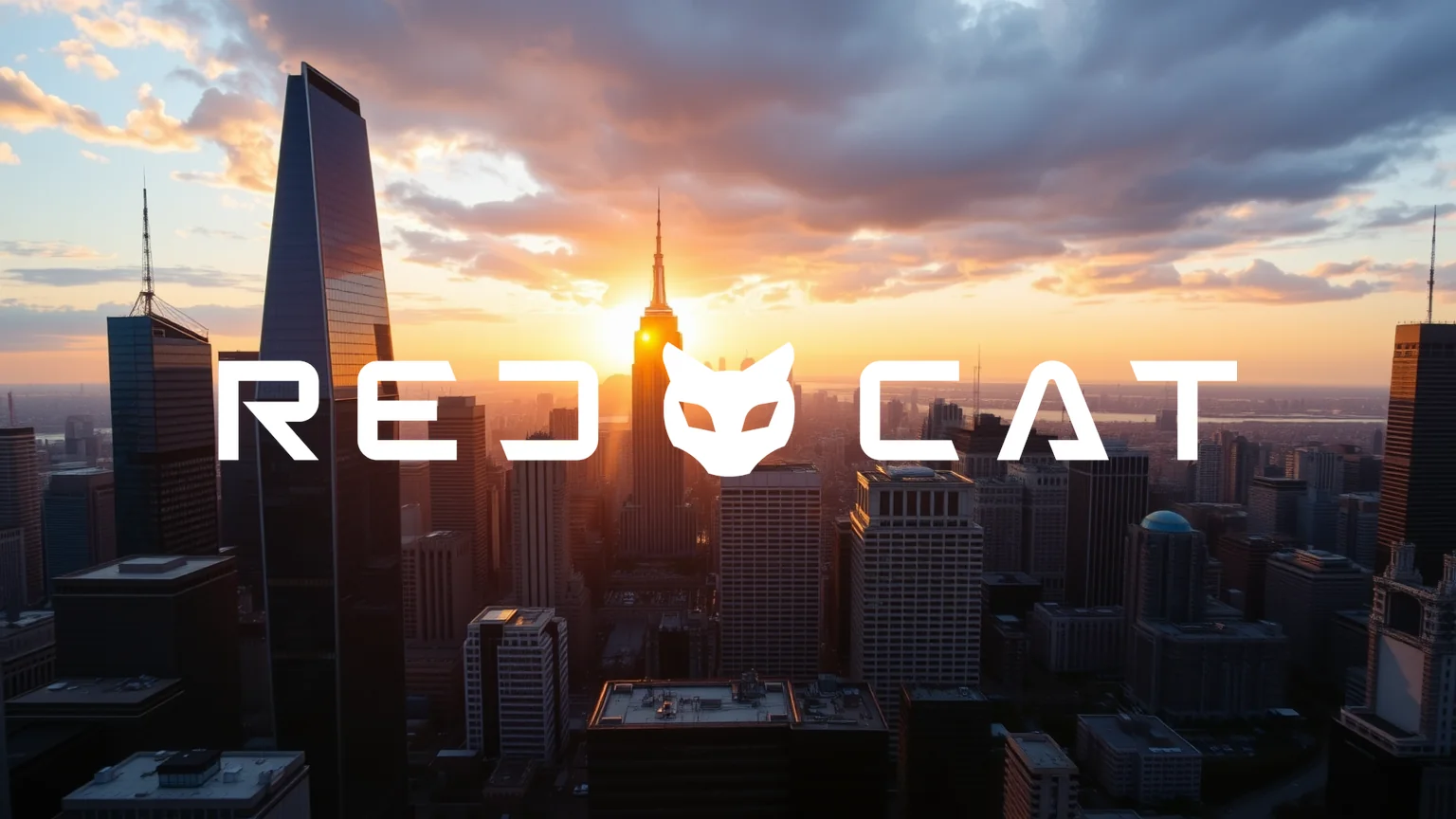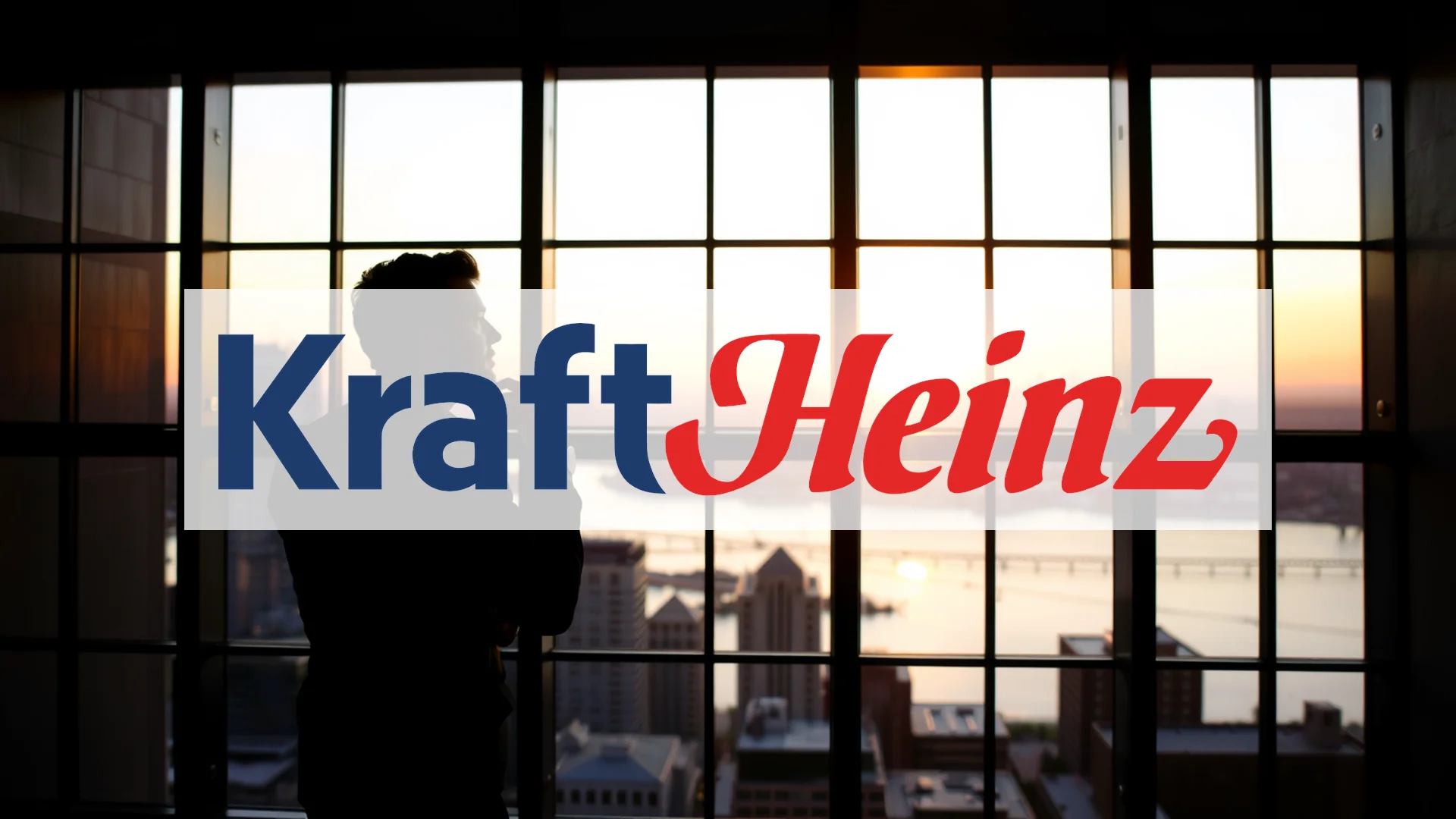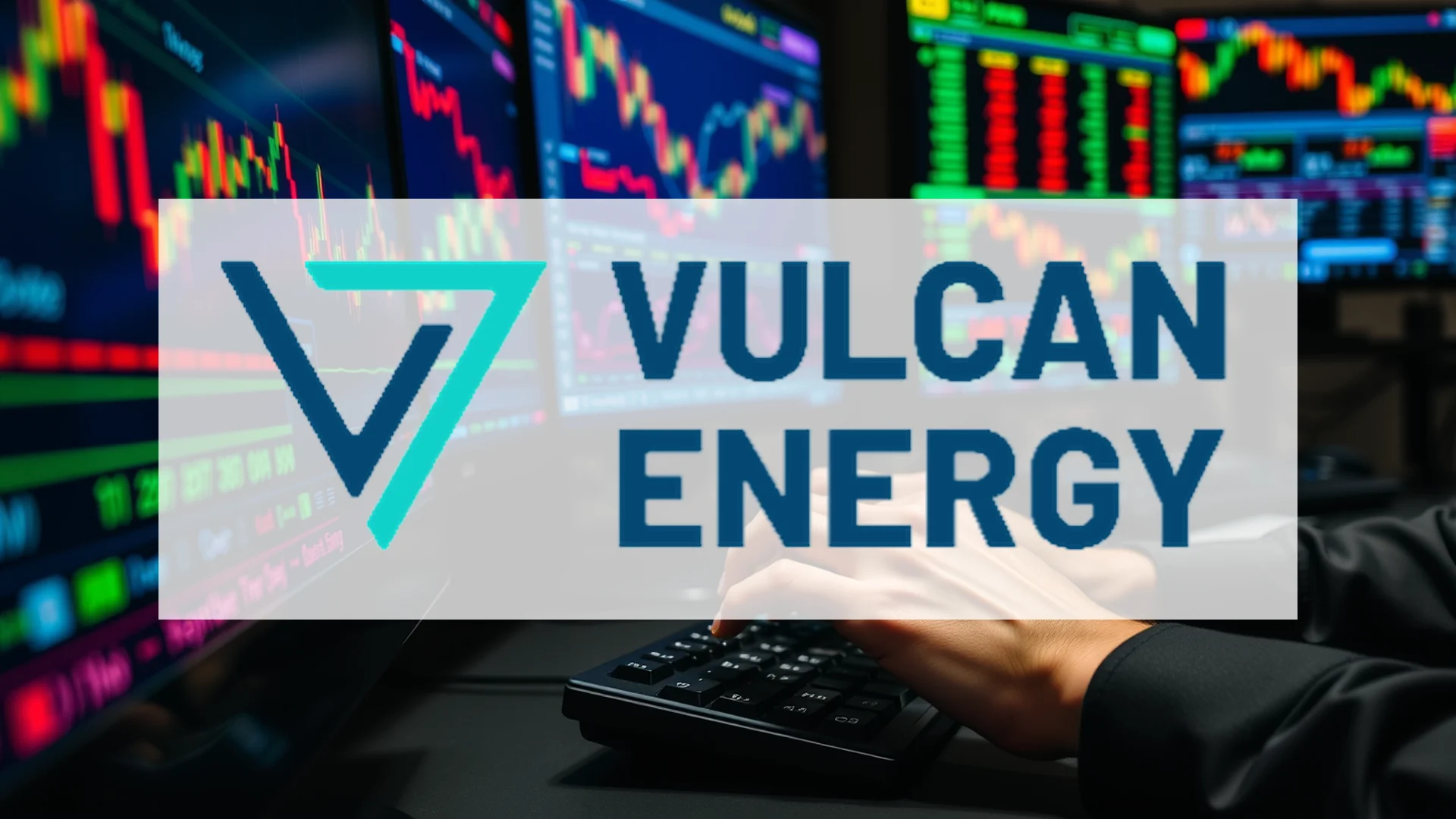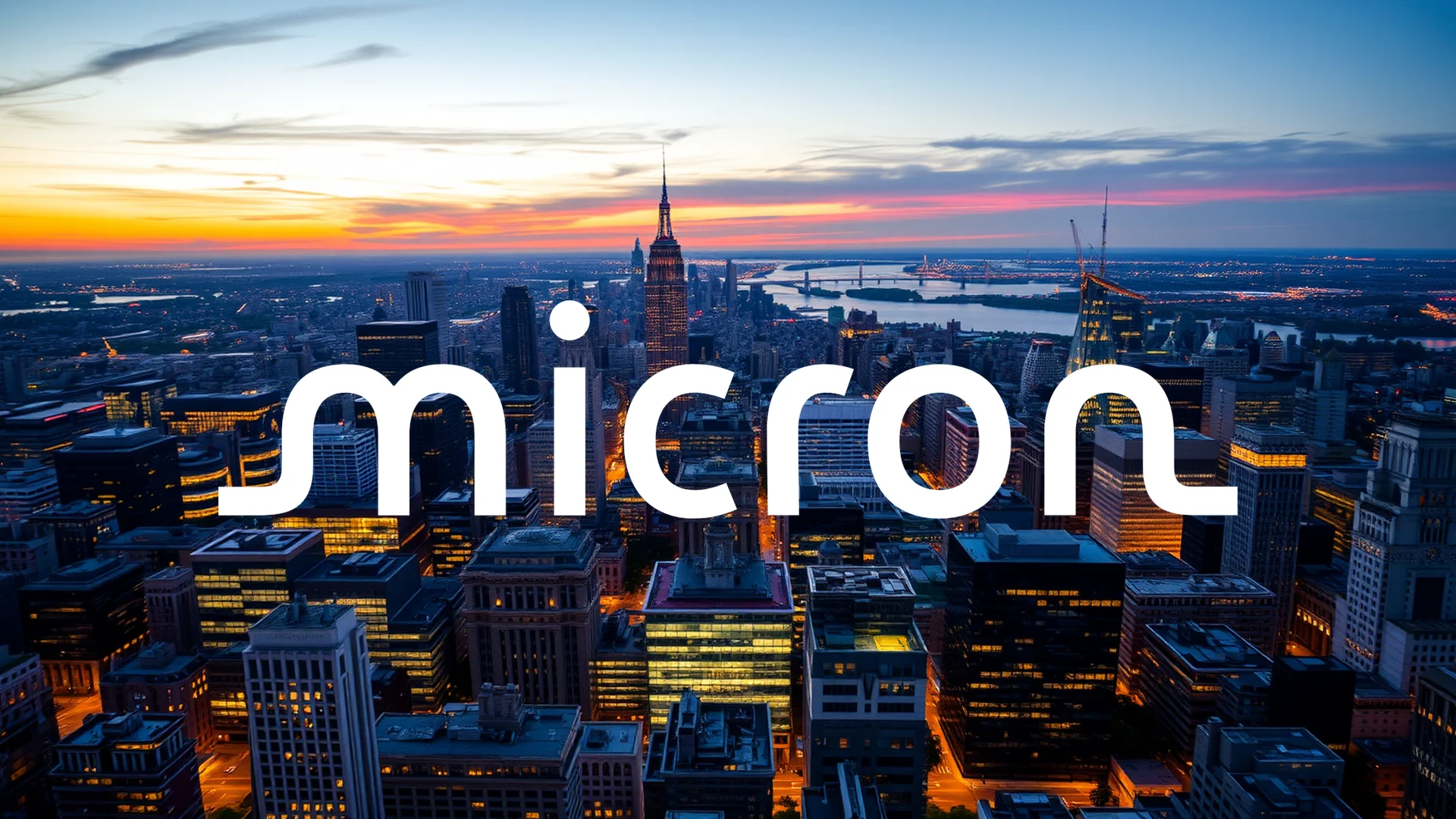The drone technology company Red Cat Holdings finds itself at the center of a fascinating investment debate, as recent regulatory filings reveal a stark divergence between insider and institutional trading activity. This creates a complex puzzle for market participants attempting to gauge the company’s future trajectory.
Major Funds Expand Their Holdings
Institutional investors demonstrated significant confidence in Red Cat during recent quarters. Regulatory disclosures show substantial position increases by several major funds. Captrust Financial Advisors notably expanded its stake by 193,853 shares in the second quarter, bringing its total holdings to 820,279 shares.
The most aggressive accumulation came from Mirae Asset Global ETFs Holdings Ltd., which increased its position by 287,802 shares, achieving a total holding of 517,061 shares. Additionally, Apis Capital Advisors LLC raised its exposure during the first quarter by adding 32,000 shares, reaching a total position of 682,000 shares. This coordinated institutional buying suggests strong professional interest in the company’s long-term prospects within the drone technology sector.
Director Executes Substantial Sales
Contrasting sharply with institutional accumulation, Director Christopher Moe significantly reduced his direct holdings in the company. On August 20 and 21, Moe disposed of 26,833 shares across multiple transactions, with sale prices ranging between $8.93 and $9.58 per share.
Should investors sell immediately? Or is it worth buying Red Cat?
These transactions lowered his direct ownership position to 113,073 shares. Insider sales of this magnitude typically warrant investor attention, as they may indicate management’s perspective on current valuation or company prospects.
Interpreting Contradictory Market Signals
This clash between insider selling and institutional buying presents investors with conflicting narratives. Does the director possess non-public information suggesting company-specific challenges ahead? Alternatively, might large funds identify long-term potential that outweighs near-term concerns?
The current share price of approximately $10 remains notably below its January peak of $14.19. This price discrepancy allows for multiple interpretations: either representing an attractive entry point for believers in the company’s future or confirming existing operational risks.
Market participants must ultimately weigh whether to follow the implied signal from corporate insider activity or the substantial capital commitments from sophisticated institutional investors. This divergence highlights the complex nature of investment decision-making where different market actors draw opposing conclusions from the same available information.
Ad
Red Cat Stock: Buy or Sell?! New Red Cat Analysis from November 25 delivers the answer:
The latest Red Cat figures speak for themselves: Urgent action needed for Red Cat investors. Is it worth buying or should you sell? Find out what to do now in the current free analysis from November 25.
Red Cat: Buy or sell? Read more here...












